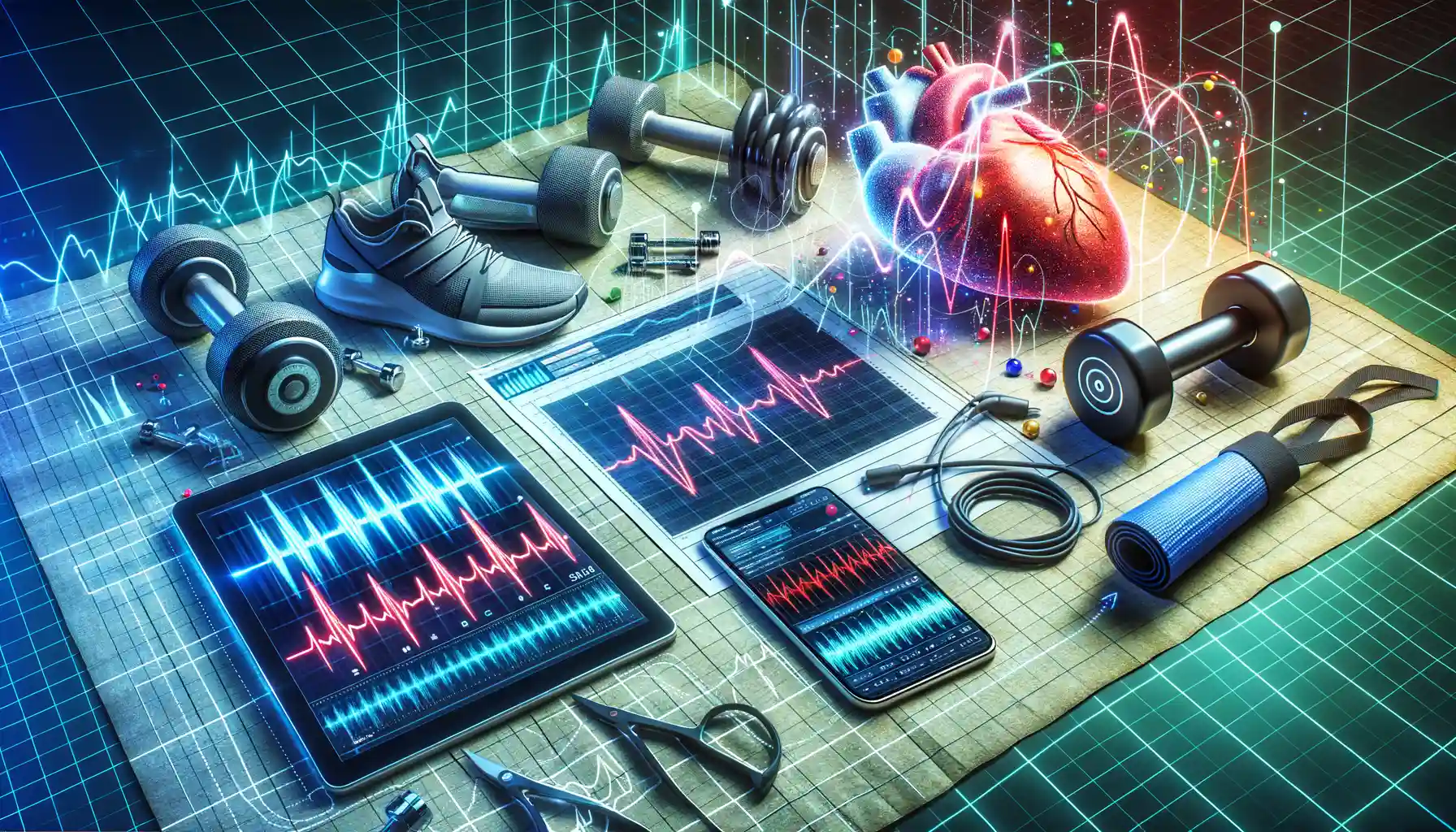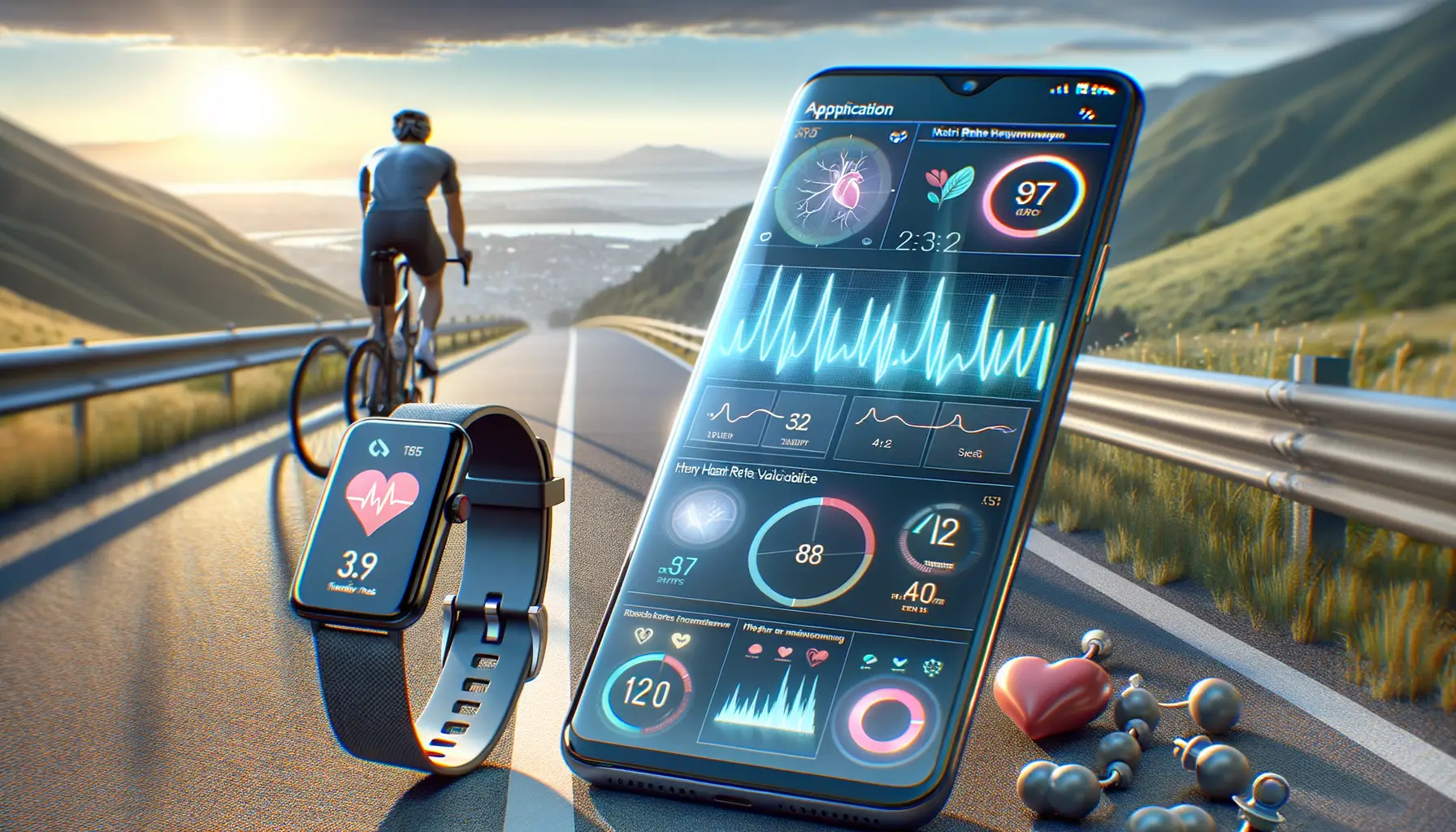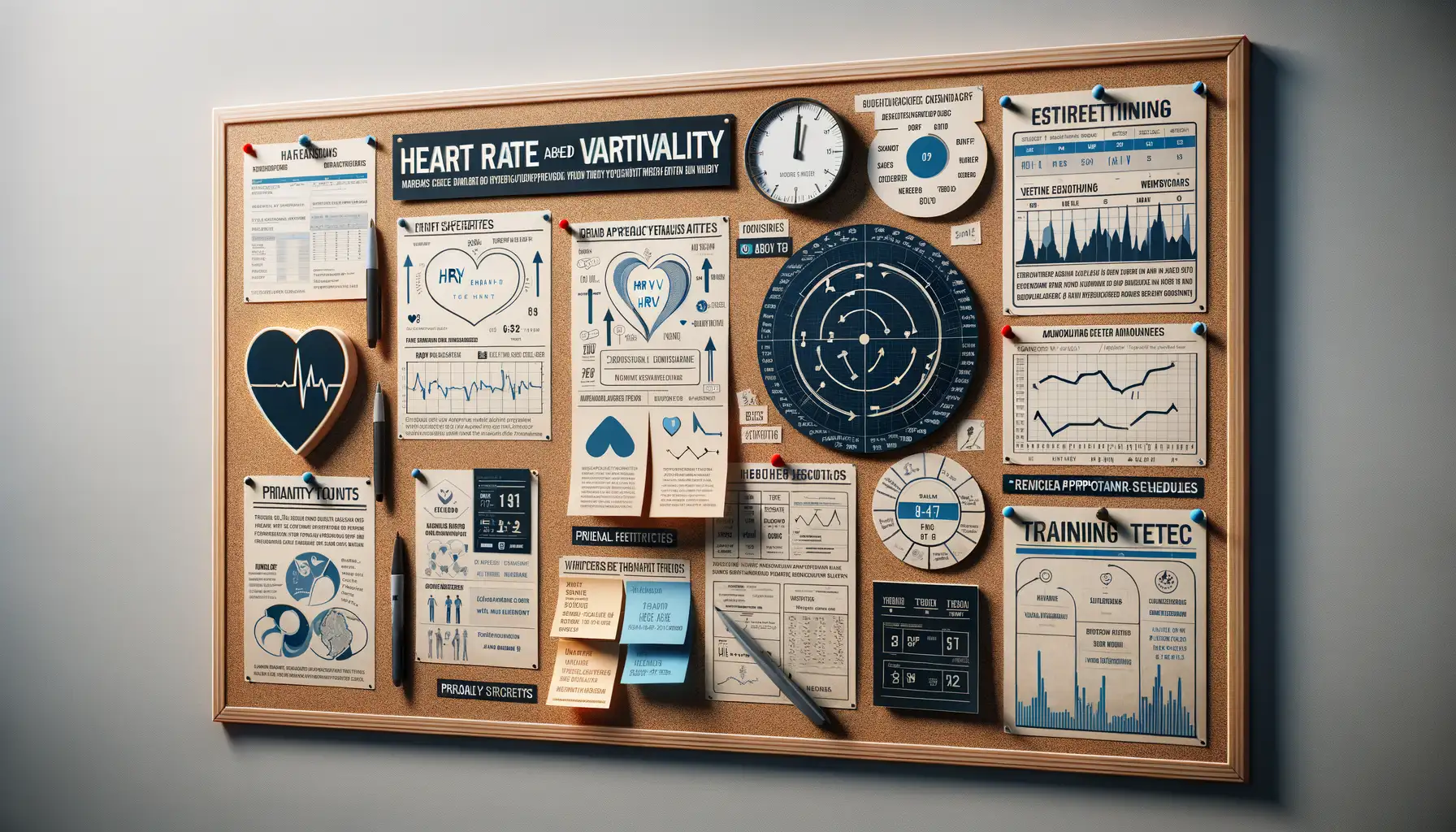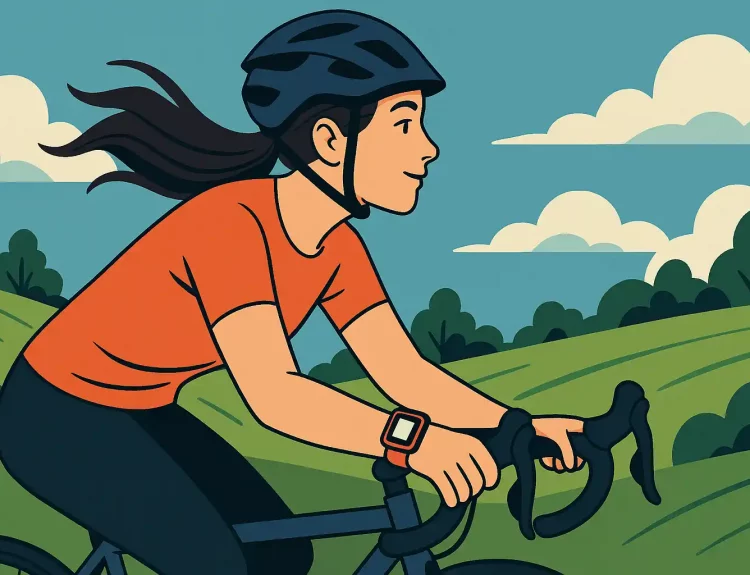Understanding Heart Rate Variability and Its Importance for Cyclists
What Exactly Is Heart Rate Variability?
Heart Rate Variability, or HRV, might sound like a clinical term, but at its core, it’s your heart’s way of whispering valuable insights about your body. Imagine your heart as a jazz musician—constantly improvising, with beats that subtly change depending on how relaxed or stressed you are. HRV measures these tiny variations in the time between each heartbeat, offering clues about how well your nervous system is balancing effort and recovery.
For cyclists, it’s like having a backstage pass to your physiological orchestra. A high HRV often means your body is rested, recovered, and ready for that climb you’ve been eyeing. A low HRV? It could be your body waving a caution flag, signaling stress, fatigue, or needing more TLC after intense training.
Why Cyclists Should Care About HRV
Think of HRV as your personalized training compass. By tracking fluctuations, you can steer away from overtraining disasters and ride the wave towards peak performance. Here are just a few golden reasons why:
- Predict Performance: Spot when your body is primed for a personal best—or when it’s begging for active recovery.
- Prevent Burnout: Constant fatigue or plateauing performances? Your HRV can alert you before they sneak up.
- Train Smarter: Tailor your sessions based on whether your body is ready to go full throttle or needs a gentler ride.
If you’ve ever wished your body could tell you what it needs, monitoring HRV is the next best thing. It’s a silent communicator, helping you fine-tune every pedal stroke with precision and purpose.
How HRV Can Be Used to Optimize Cycling Training

Why Heart Rate Variability Could Be Your Cycling Superpower
Imagine unlocking a secret code hidden in your body—one that tells you exactly when to push harder on those grueling hill climbs and when to ease off to avoid burning out. That’s precisely what measuring your Heart Rate Variability (HRV) can do for your cycling training.
Your HRV isn’t just a number; it’s a real-time reflection of how well your body is coping with stress and recovery. A high HRV usually means you’re rested, your body is relaxed, and it’s ready to conquer the road. On the other hand, a low HRV might be your body whispering (or screaming!), “I need a break.”
- Feeling fresh? A high HRV could mean it’s time for sprints or long endurance rides.
- Body feeling sluggish? A low HRV suggests you might benefit more from an active recovery session or even a full rest day.
Timing Is Everything: Adapting Training Around HRV
Cycling involves peaks and valleys—literally and figuratively. Instead of following a rigid, one-size-fits-all plan, HRV lets you customize every ride. Think of it as swapping guesswork for hard data. For example, if your HRV shows you’re fit to go, take advantage of that window for a high-intensity interval session. But don’t hesitate to swap in an easier cadence ride when your HRV dips—it’s not slacking; it’s smart training.
By letting HRV guide you, you’re essentially working *with* your body instead of against it, like finding the perfect draft behind a paceline. Ultimately, it ensures every pedal stroke counts.
Building Intelligent Workout Plans Using HRV Data

Unlocking the Power of Your Body’s Signals
Imagine tailoring your cycling workouts to what your body *actually* needs each day. That’s the magic of using your HRV data. Heart Rate Variability isn’t just numbers—it’s your body whispering secrets about recovery, readiness, and stress levels. And when you listen, you can train smarter instead of harder.
Let’s say your HRV is low one morning. That’s your body waving a small red flag, hinting that yesterday’s crushing hill sprints took their toll. Instead of another intense session, swap in an easy recovery ride or even take a rest day. On the flip side, a high HRV? That’s your green light to chase those speed goals or tackle long miles with gusto.
- Low HRV: Think gentle spins, yoga, or active recovery.
- High HRV: Time for intervals, longer rides, or setting new PRs.
Building Custom Workouts with Precision
Once you start tracking HRV daily, patterns emerge. You’ll notice how sleep, nutrition, and even life stress impact performance. Use this insight to design your week. For example, if your most intense training consistently lowers HRV for two days, you can schedule lighter sessions strategically. Over time, this personalized approach transforms guesswork into mastery.
By aligning your training with your body’s signals through HRV-based plans, you’re not just riding. You’re unlocking a new level of endurance and performance.
Tools and Apps for Monitoring HRV in Cyclists

Why Cyclists Love HRV-Tracking Tools
Imagine this: you wake up, grab your coffee, and before even hopping on the bike, you already know whether today’s training should be a sprint or a cruise. That’s the magic of tools designed for tracking Heart Rate Variability (HRV). These apps and gadgets combine science and simplicity, giving cyclists an edge that feels almost superhuman.
The best part? These tools don’t just hand you raw data—they translate it into actionable insights. Apps like Elite HRV, HRV4Training, and even wearables like the Whoop Strap or Garmin watches feel like having a coach in your pocket (or on your wrist). They monitor recovery, stress, and even point out when you’re burning the candle at both ends.
- Polar H10: A gold standard chest strap for accurate HRV readings.
- Oura Ring: Sleek, subtle, and perfect for 24/7 tracking.
- Kubios: Ideal for data geeks who love crunching numbers.
These aren’t just gadgets; they’re your training allies. Trust them to guide your efforts—not with guesswork, but with pinpoint precision.
Tips for Implementing HRV-Based Training Effectively

Start Small: Build Confidence with HRV Data
Diving into heart rate variability-based training can feel like stepping onto a winding mountain trail for the first time—exciting but a little overwhelming. The key? Start small. Begin by tracking your HRV each morning. Use those daily readings as a compass to guide your training intensity. For instance, if your HRV is low, swap out that high-intensity hill sprint for an easier-paced recovery ride. Think of it as your body’s way of whispering, “Let’s take it easy today.”
Consistency also matters. Log your data at the same time every day, preferably right after you wake up and before coffee (yes, even if it’s tempting). This ensures you’re comparing apples to apples, not caffeine-fueled rocket ships to sleepy turtles.
- If HRV is trending up: It might be a green light for a challenging workout.
- If HRV is lower than usual: Prioritize rest or reduce intensity to avoid burnout.
Add Personalization to Keep It Real
Your HRV reflects your unique physiology, so avoid cookie-cutter plans. Take into account life’s unpredictability—a surprise work deadline or a sleepless night can tank your HRV just as much as yesterday’s ride. Treat HRV data as your training partner, not your drill sergeant.
Experiment with how your body responds to different workouts. Maybe you notice that long rides on Sundays cause your HRV to rebound beautifully by Tuesday, while back-to-back intense intervals leave you drained. Patterns like these are pure gold.
Most importantly, don’t fear adjustments! Cycling isn’t just numbers; it’s joy, speed, and freedom. Let HRV enhance that connection, not replace it.



